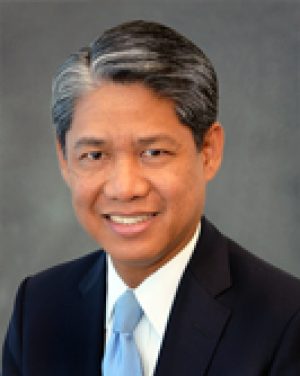Head of New York Power Authority resigns
The man who for 10 years has headed the New York Power Authority (NYPA), headquartered in White Plains, has resigned to take a job in the private sector.
NYPA President and CEO Gil C. Quiniones plans to join Commonwealth Edison Company, known as ComEd, not to be confused with ConEd, which serves New York. Commonwealth Edison provides electric power to more than 4 million customers in Northern Illinois, which is about 70% of the state”™s population.

Quiniones plans to remain at NYPA until Nov. 5, when Justin Driscoll, the current executive vice president and general counsel of NYPA, is set to become interim president and CEO.
“After considerable thought, I have decided that taking on this new challenge is the right move for me and my family,” Quiniones said. “While”¯ I look forward to this opportunity with excitement and anticipation, these feelings ”¯are mixed ”¯with”¯ the”¯ sadness ”¯of ”¯knowing I will miss amazing colleagues ”¯and the great sense of pride I have in all that we have accomplished together.”
Although not made public until this morning, Quiniones”™ resignation already had been known to the NYPA board and various state officials.
Gov. Kathy Hochul said, “Under Gil”™s leadership, NYPA has advanced the state”™s transition to a clean energy economy and helped deliver a stronger and more sustainable future for New Yorkers. It is with sadness that I accept his resignation, but I understand his desire to pursue an opportunity in the private sector and thank him for his decade of service to New Yorkers.”
John R. Koelmel, chair of NYPA”™s Board of Trustees, praised Driscoll as “an influential member of NYPA”™s executive team and an important adviser to all of us.”¯ His wisdom and experience have been essential in developing NYPA”™s VISION2030 strategy. With Justin as the interim president and CEO, NYPA will continue to lead our state toward a carbon-free, economically vibrant future.”
NYPA is the largest state public power organization in the U.S. It operates 16 electric-generating facilities along with transmission lines. It finances its operations through the sale of bonds and from revenues primarily earned in selling electricity.